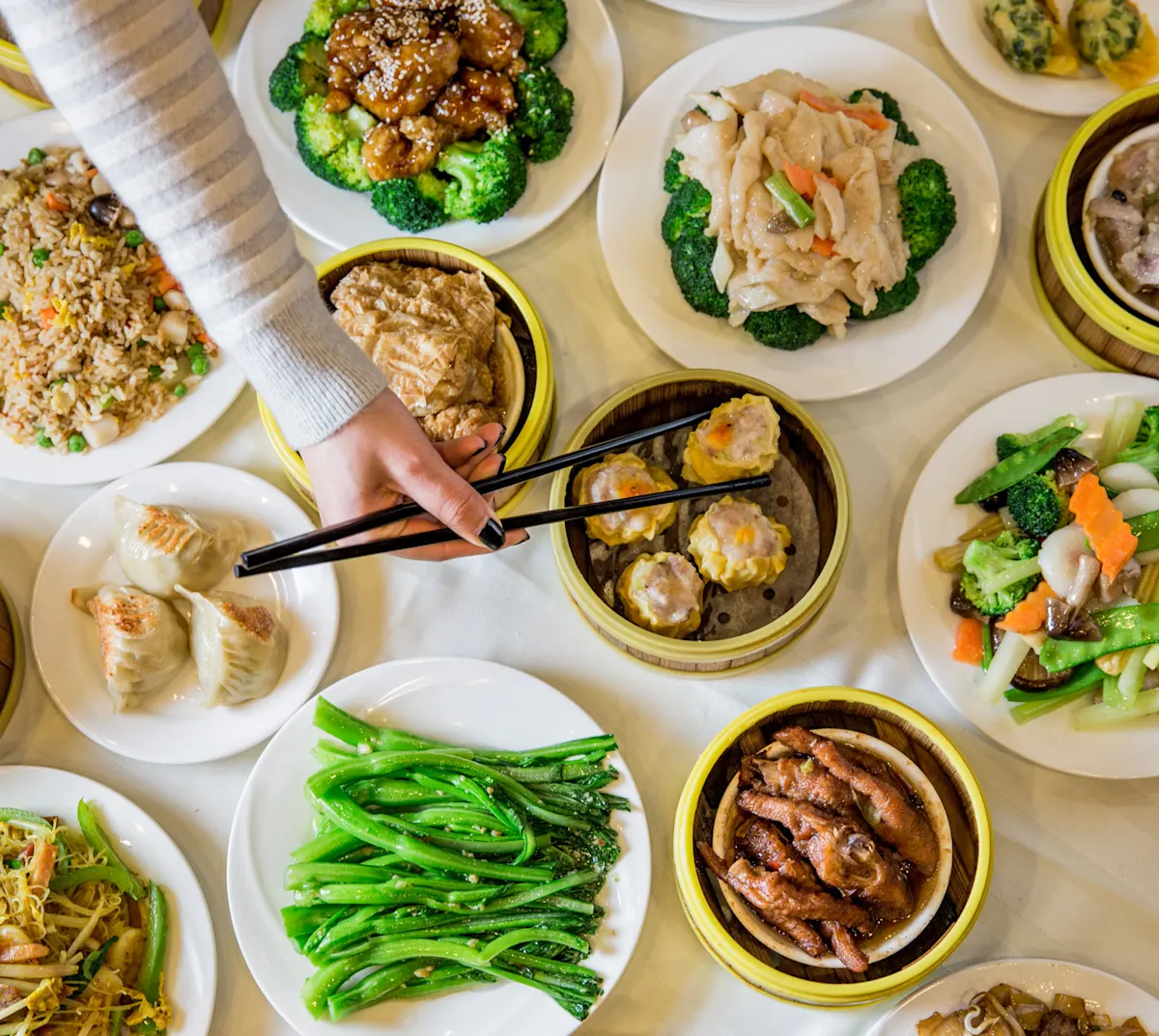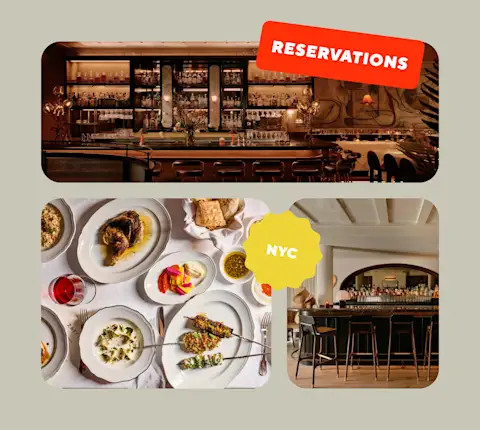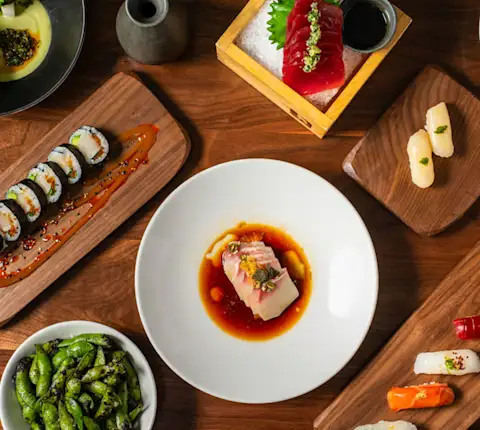Jing Fong is more than just a banquet hall and dim sum spot in Manhattan’s Chinatown. It’s the gathering place for Chinese community associations and hallowed ground for dim sum nerds who spend their weekend mornings chasing down carts of ha cheung, plush rice rolls stuffed with juicy shrimp and drizzled with sweet-savory soy sauce. It’s possibly the most New York restaurant: always busy, never boring.
But for Truman Lam, Jing Fong was simply the family business. His grandfather, Shui Ling Lam, owned Jing Fong when he was a kid. Lam grew up going to the restaurant’s 300-square-foot office with his grandfather and ate with his family at the restaurant, but he never thought he’d return as an adult.
“I did not intend to be involved with the restaurant business,” Lam says. “It was kind of an accident.” After leaving his job in investment banking, he took some time off and helped his parents, who’d assumed ownership of Jing Fong in 2008. They asked him to modernize the business operations, transforming everything that had been previously done by pencil and paper into spreadsheets. Lam has now been working at Jing Fong for a decade.
"People look at Jing Fong as a symbol of resilience in Chinatown."
“I went from helping on one little project to being more involved with the entire business,” he adds. “I’m everything from intern to vice chairman.”
On March 7, 2021, Jing Fong closed its dining room on Elizabeth Street permanently, and Lam was tasked with another project: finding a new home for the beloved restaurant. He knew he couldn’t replicate the old Jing Fong space with its three levels, high ceilings, and opulent feel. He eventually settled on an old dim sum spot nearby, and this past December, the new Jing Fong debuted a slightly larger menu (see: crab fried rice, egg tofu) and much smaller space (it seats 125).
“There are old customers who come in and they’re like, ‘Holy crap, this is all you have?” Lam says with a laugh. “But I think people in general like that we’re trying to continue on.”
That endurance means constant tinkering in the new space. Instead of the usual 20 roving carts, Jing Fong now has three in the dining room, though all menu items can be ordered via servers on the floor. And as tourists and regulars slowly make their way back, Lam is cautiously optimistic.
“People look at Jing Fong as a symbol of resilience in Chinatown. Even though we’re going from big to small, we’re trying to survive and hopefully come out the other end,” he says. “It’s going to be different but better in some ways.”





